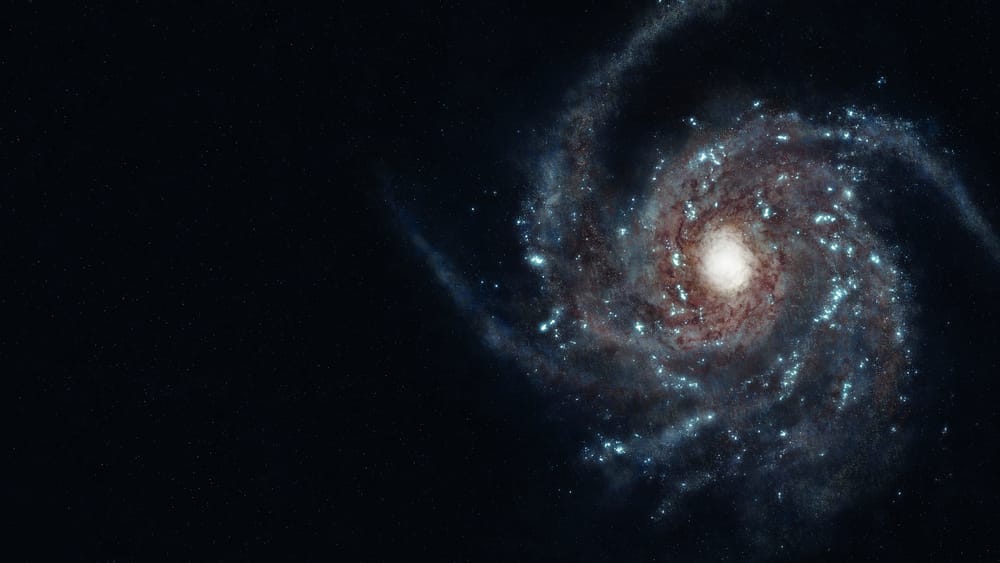The galaxy’s guide to hitchhiking
Lara Bailey explains why the ‘Vela Supercluster’ could be the reason for why the Milky Way and surrounding galaxies are constantly on the move

It has been known for a long time that galaxies move, and our Milky Way is no exception. The Milky Way and its 50 neighbours, together referred to as the ‘Local Group’, have been moving in a particular direction, and until now it was not known why. A team of researchers from South Africa, Germany, and Australia suggest that a supercluster of galaxies is the reason behind the huge gravitational pull.
A supercluster is a collection of hundreds of galaxies, and it’s the largest structure known to exist in space. International researchers measured around 4500 redshifts (a change in wavelength, used to measure distance), via the constellation Veta. They took measurements from galaxies either side of a plane of the Milky Way to determine the presence of a particularly high density of galaxies around 800 million light years away. This new supercluster is much larger than the previously discovered Shapely supercluster, around 650 million light years away.
Despite its size, it was only recently found because it was hidden behind the cosmic dust and stars of the plane of the Milky Way. The lead professor of the study, professor Renee Kraan-Korteweg of the University of Cape Town, said: “I could not believe such a major structure would pop up so prominently.”
Superclusters, due to their scale, have a significant impact on the movement of other galaxies. Further research is needed to appreciate the influence and extent of the supercluster, and in particular to explain the direction and velocity of the Local Group’s movement. More observations will help determine the contribution of the Vela supercluster to the larger-scale structure of this pocket of our vast universe.









